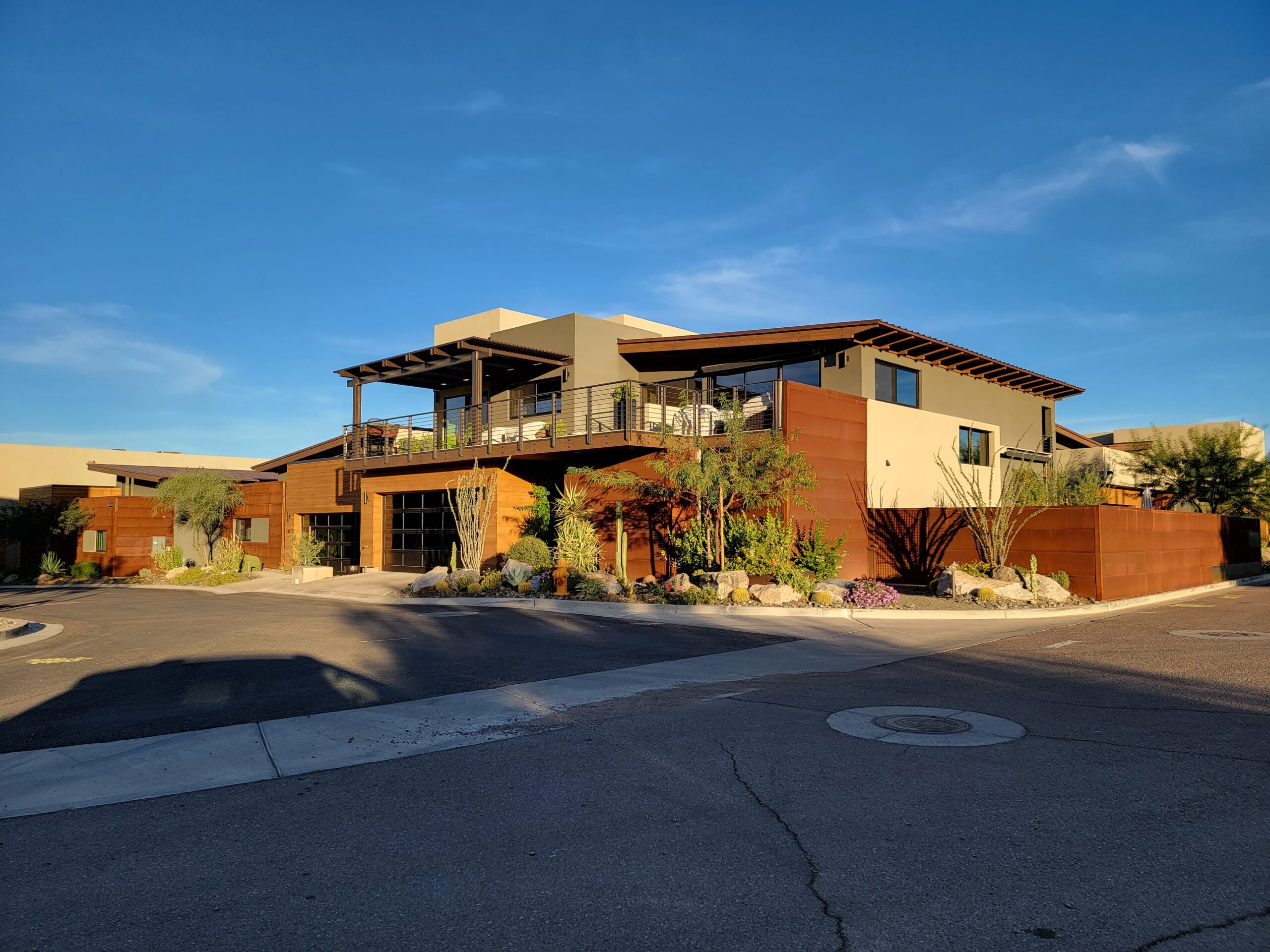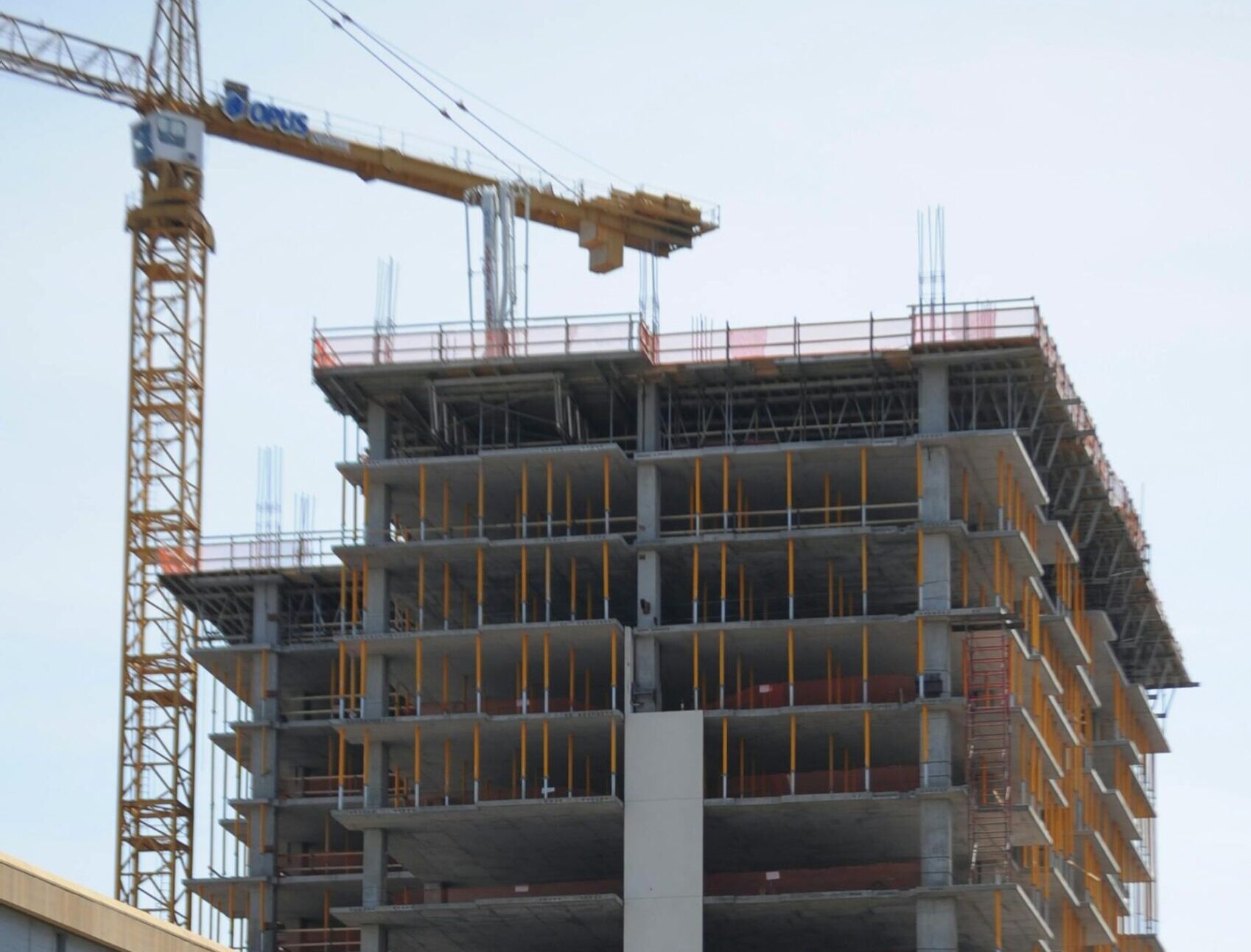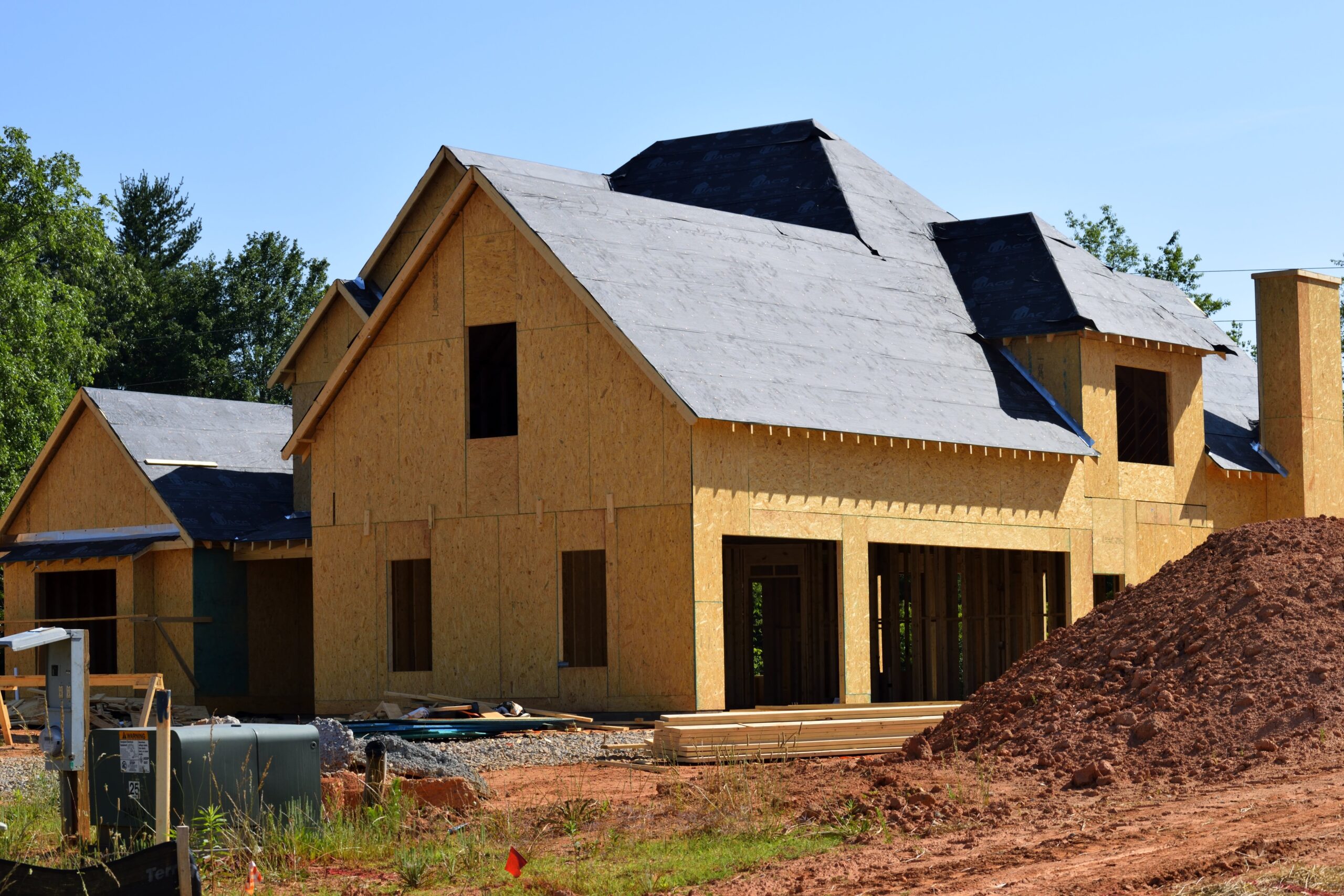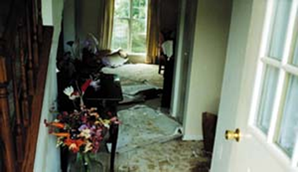Property Condition Assessments
ASTM E2018 – 08 Standard Guide for Property Condition Assessments: Baseline Property Condition Assessment Process
Significance and Use
Use—This guide is intended for use on a voluntary basis by parties who desire to obtain a baseline PCA of commercial real estate. This guide also recognizes that there are varying levels of property condition assessment and due diligence that can be exercised that are both more and less comprehensive than this guide, and that may be appropriate to meet the objectives of the user. Users should consider their requirements, the purpose that the PCA is to serve, and their risk tolerance level before selecting the consultant and the level of due diligence to be exercised by the consultant. The user should also review or establish the qualifications, or both, of the proposed field observer and PCR reviewer prior to engagement. A PCR should identify any deviations or exceptions to this guide. Furthermore, no implication is intended that use of this guide be required in order to have conducted a property condition assessment in a commercially prudent and reasonable manner. Nevertheless, this guide is intended to reflect a reasonable approach for the preparation of a baseline PCA.
Clarification of Use:
Specific Point in Time—A user should only rely on the PCR for the point in time at which the consultant’s observations and research were conducted.
Site-Specific—The PCA performed in accordance with this guide is site-specific in that it relates to the physical condition of real property improvements on a specific parcel of commercial real estate. Consequently, this guide does not address many additional issues in real estate transactions such as economic obsolescence, the purchase of business entities, or physical deficiencies relating to off-site conditions.
Who May Conduct—The walk-through survey portion of a PCA should be conducted by a field observer, and the PCR should be reviewed by a PCR reviewer; both qualified as suggested in X1.1.1.1 and X1.1.1.2, respectively.
Principles—The following principles are an integral part of this guide. They are intended to be referred to in resolving ambiguity, or in exercising discretion accorded the user or consultant in conducting a PCA, or in judging whether a user or consultant has conducted appropriate inquiry or has otherwise conducted an adequate PCA.
Uncertainty Not Eliminated—No PCA can wholly eliminate the uncertainty regarding the presence of physical deficiencies and the performance of a subject property’s building systems. Preparation of a PCR in accordance with this guide is intended to reduce, but not eliminate, the uncertainty regarding the potential for component or system failure and to reduce the potential that such component or system may not be initially observed. This guide also recognizes the inherent subjective nature of a consultant’s opinions as to such issues as workmanship, quality of original installation, and estimating the RUL of any given component or system. The guide recognizes a consultant’s suggested remedy may be determined under time constraints, formed without the aid of engineering calculations, testing, exploratory probing, the removal or relocation of materials, design, or other technically exhaustive means. Furthermore, there may be other alternative or more appropriate schemes or methods to remedy a physical deficiency. The consultant’s opinions generally are formed without detailed knowledge from those familiar with the component’s or system’s performance.
Not Technically Exhaustive—Appropriate due diligence according to this guide is not to be construed as technically exhaustive. There is a point at which the cost of information obtained or the time required to conduct the PCA and prepare the PCR may outweigh the usefulness of the information and, in fact, may be a material detriment to the orderly and timely completion of a commercial real estate transaction. It is the intent of this guide to attempt to identify a balance between limiting the costs and time demands inherent in performing a PCA and reducing the uncertainty about unknown physical deficiencies resulting from completing additional inquiry.
Representative Observations—The purpose of conducting representative observations is to convey to the user the expected magnitude of commonly encountered or anticipated conditions. Recommended representative observation quantities for various asset types are provided in Annex A1; however, if in the field observer’s opinion such representative observations as presented in Annex A1 are unwarranted as a result of homogeneity of the asset or other reasons deemed appropriate by the field observer, the field observer may survey sufficient units, areas, systems, buildings, etc. so as to comment with reasonable confidence as to the representative present condition of such repetitive or similar areas, systems, buildings, etc. To the extent there is more than one building on the subject property, and they are homogeneous with respect to approximate age, use, basic design, materials, and systems, it is not a requirement of this guide for the field observer to conduct a walk-through survey of each individual building’s systems to describe or comment on their condition within the PCR. The descriptions and observations provided in the PCR are to be construed as representative of all similar improvements.
User-Mandated Representative Observations—A user may mandate the representative observations required for a given property or a particular building system. Such representative observations may be more or less than this guide’s recommended representative observations as provided in Annex A1.
Extrapolation of Findings—Consultant may reasonably extrapolate representative observations and findings to all typical areas or systems of the subject property for the purposes of describing such conditions within the PCR and preparing the opinions of probable costs for suggested remedy of material physical deficiencies.
Level of Due Diligence is Variable—Not every property will warrant the same level of property condition assessment. Consistent with good commercial and customary practice, the appropriate level of property condition assessment generally is guided by the purpose the PCA is to serve; type of property; age of the improvements; expertise and risk tolerance level of the user; and time available for preparing the PCR and reviewing the opinions to be contained in the PCR.
Prior PCR Usage—This guide recognizes that PCRs performed in accordance with this guide may include information that subsequent users and consultants may want to use to avoid duplication and to reduce cost. therefore, this guide includes procedures to assist users and consultants in determining the appropriateness of using such information. In addition to the specific procedures contained elsewhere in this guide, the following should be considered:
Use of Prior PCR Information—Information contained in prior property condition reports may be used by the consultant if, in the consultant’s opinion, it is relevant; however, users and consultants are cautioned that information from prior property condition reports should only be used if such information was generated or obtained through procedures or methods that met or exceeded those contained in this guide. Such information should serve only as an aid to a consultant in fulfilling the requirements of this guide and to assist the field observer in the walk-through survey, research, and the field observer’s understanding of the subject property. Furthermore, the PCR should identify the previously prepared property condition report if information from the prior report was used by the consultant in preparing the PCR.
Comparison with a Previously Prepared PCR—It should not be concluded or assumed that a previous PCR was deficient because the previous PCA did not discover a certain or particular physical deficiency, or because opinions of probable costs in the previous PCR are different. A PCR contains a representative indication of the property condition at the time of the walk-through survey and is dependent on the information available to the consultant at that time. Therefore, a PCR should be evaluated on the reasonableness of judgments made at the time and under the circumstances in which they are made. Experience of the field observer, the requirements of the previous PCR’s client or the purpose of the previous PCR, time available to the consultant to complete the PCR, hindsight, new or additional information, enhanced visibility as a result of improved weather or site conditions, equipment visibility as a result of improved weather or site conditions, equipment not in a shutdown mode, and other factors influence the PCA and the opinions contained in the PCR.
Conducting Current Walk-Through Surveys—Except as provided in 3.5.1, prior property condition reports should not be used without verification. At a minimum, for a PCR to be consistent with this guide, a new walk-through survey, interviews, and solicitation and review of building and fire department records for recorded material violations should be performed.
Actual Knowledge Exception—If the user or consultant conducting a PCA has actual knowledge that the information from a prior property condition report is not accurate, or if it is obvious to the field observer that the information is not accurate, such information from a prior property condition report should not be used.
Contractual Issues—This guide recognizes that contractual and legal obligations may exist between prior and subsequent users of property condition reports, or between clients and consultants who prepared prior property condition reports, or both. Consideration of such contractual obligations is beyond the scope of this guide. Furthermore, a subsequent user of a prior PCR should be apprised that it may have been prepared for purposes other than the current desired purpose of the PCR and should determine the contractual purpose and scope of the prior PCR.
Rules of Engagement—The contractual and legal obligations between a consultant and a user (and other parties, if any) are outside the scope of this guide. No specific legal relationship between the consultant and the user was considered during the preparation of this guide.
- Scope
1.1 Purpose—The purpose of this guide is to define good commercial and customary practice in the United States of America for conducting a baseline property condition assessment (PCA) of the improvements located on a parcel of commercial real estate by performing a walk-through survey and conducting research as outlined within this guide.
1.1.1 Physical Deficiencies—In defining good commercial and customary practice for conducting a baseline PCA, the goal is to identify and communicate physical deficiencies to a user. The term physical deficiencies means the presence of conspicuous defects or material deferred maintenance of a subject property’s material systems, components, or equipment as observed during the field observer’s walk-through survey. This definition specifically excludes deficiencies that may be remedied with routine maintenance, miscellaneous minor repairs, normal operating maintenance, etc., and excludes de minimis conditions that generally do not present material physical deficiencies of the subject property.
1.1.2 Walk-Through Survey—This guide outlines procedures for conducting a walk-through survey to identify the subject property’s physical deficiencies, and recommends various systems, components, and equipment that should be observed by the field observer and reported in the property condition report (PCR).
1.1.3 Document Reviews and Interviews—The scope of this guide includes document reviews, research, and interviews to augment the walk-through survey so as to assist the consultant’s understanding of the subject property and identification of physical deficiencies.
1.1.4 Property Condition Report—The work product resulting from completing a PCA in accordance with this guide is a Property Condition Report (PCR). The PCR incorporates the information obtained during the Walk-Through Survey, the Document Review and Interviews sections of this guide, and includes Opinions of Probable Costs for suggested remedies of the physical deficiencies identified.
1.2 Objectives—Objectives in the development of this guide are to: (1) define good commercial and customary practice for the PCA of primary commercial real estate improvements; (2) facilitate consistent and pertinent content in PCRs; (3) develop pragmatic and reasonable recommendations and expectations for site observations, document reviews and research associated with conducting PCAs and preparing PCRs; (4) establish reasonable expectations for PCRs; (5) assist in developing an industry baseline standard of care for appropriate observations and research; and (6) recommend protocols for consultants for communicating observations, opinions, and recommendations in a manner meaningful to the user.
1.3 Considerations Beyond Scope—The use of this guide is strictly limited to the scope set forth in this section. Section 11 and Appendix X1 of this guide identify, for informational purposes, certain physical conditions that may exist on the subject property, and certain activities or procedures (not an all inclusive list) that are beyond the scope of this guide but may warrant consideration by parties to a commercial real estate transaction to enhance the PCA.
1.4 Organization of This Guide—This guide consists of several sections, an Annex and two (2) Appendixes. Section 1 is the Scope. Section 2 on Terminology contains definitions of terms both unique to this guide and not unique to this guide, and acronyms. Section 3 sets out the Significance and Use of this guide, and Section 4 describes the User’s Responsibilities. Sections 5 through 10 provide guidelines for the main body of the PCR, including the scope of the Walk-Through Survey, preparation of the Opinions of Probable Costs to Remedy Physical Deficiencies, and preparation of the PCR. Section 11 provides additional information regarding out of scope considerations (see 1.3). Annex A1 provides requirements relating to specific asset types, and where applicable, such requirements are to be considered as if integral to this guide. Appendix X1 provides the user with additional PCA scope considerations, whereby a user may increase this guide’s scope of due diligence to be exercised by the consultant beyond this guide’s baseline level. Appendix X2 outlines the ADA Accessibility Survey.
1.5 Multiple Buildings—Should the subject property consist of multiple buildings, it is the intent of this guide that only a single PCR be produced by the consultant to report on all of the primary commercial real estate improvements.
1.6 Safety Concerns—This guide does not purport to address all of the safety concerns, if any, associated with the walk-through survey. It is the responsibility of the consultant using this guide to establish appropriate safety and health practices when conducting a PCA.















